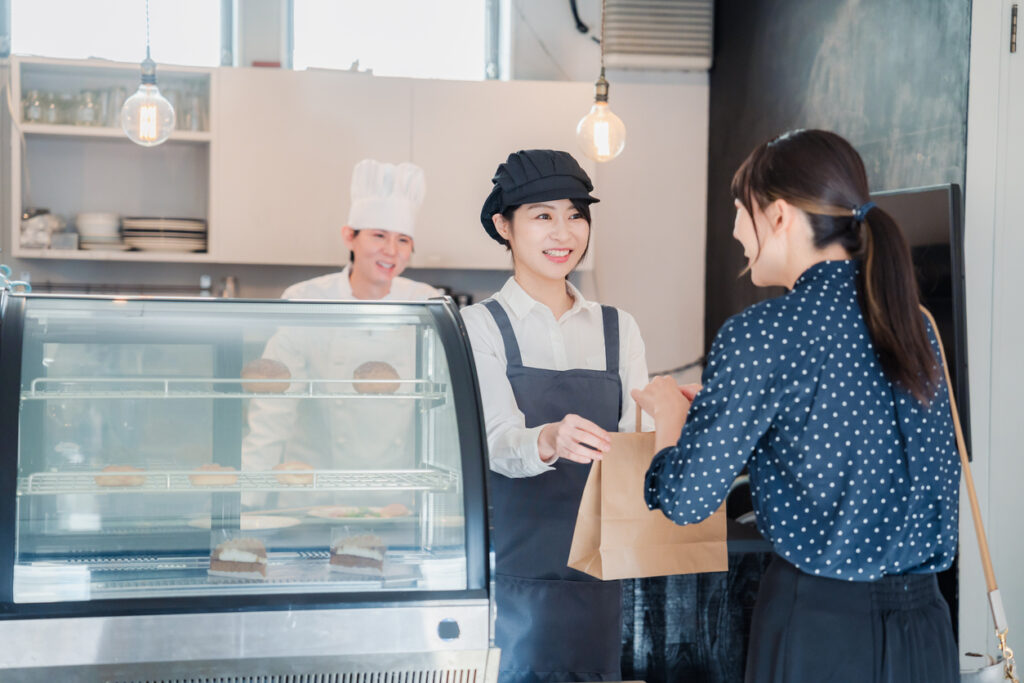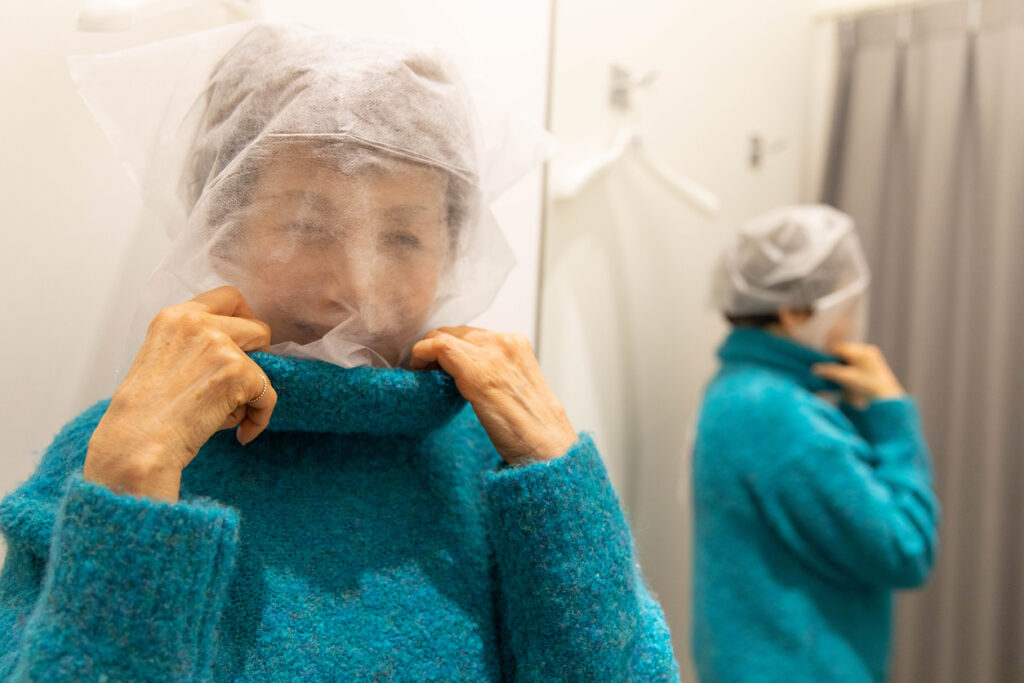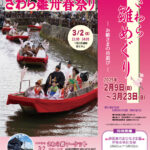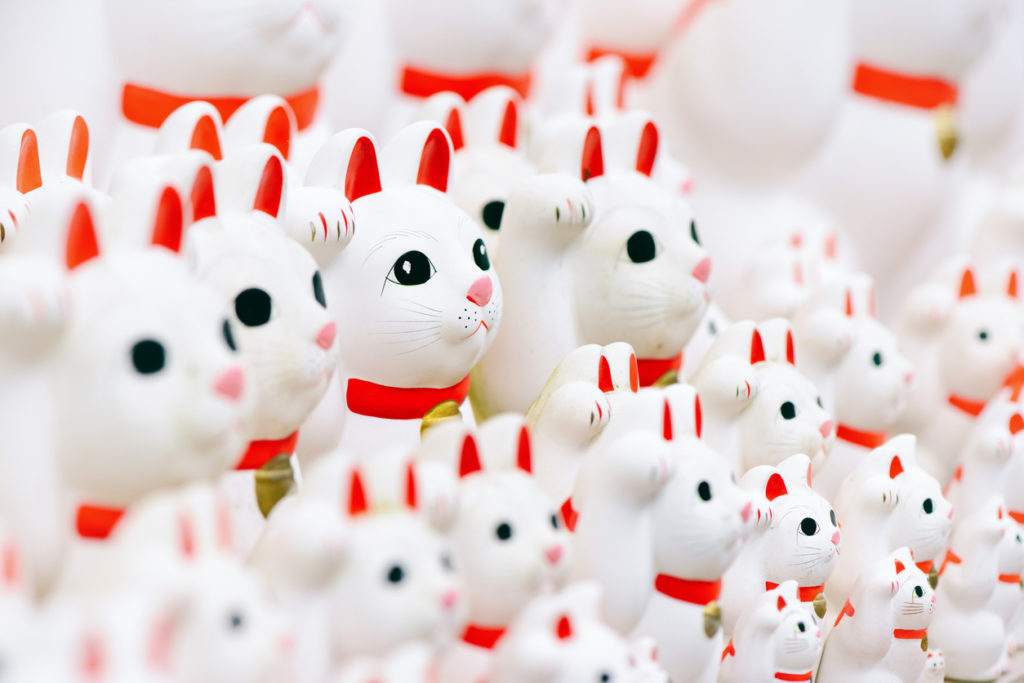Shopping Etiquette in Japan
Culturally Specific Tips to Put Your Best Foot Forward
Japan is a shopper’s paradise. But the rules and norms of shopping culture may differ from your home country. Read on for how to be a Savvy Shopper in Japan!
Like riding the train, shopping has its own cultural norms and etiquette to follow in Japan. While going to a brick-and-mortar store is becoming less common in favor of online shopping in many parts of the world, Japan still has a thriving physical consumer landscape. And with those shops come some unique customs.
You might already know some, like no tipping, while others cross cultures and require little introduction. But, for the ones that might catch you off guard, it’s best to be prepared beforehand. Keep reading for a quick primer on shopping etiquette in Japan.
For your information, most shopping, such as department store chains, open at 10 a.m. While cafes and coffee houses may open from 7 a.m., many open only at 10. Meanwhile, restaurants typically open at 11 or 11:30 a.m. for lunch.
General Etiquette
 © Photo by iStock: maroke
© Photo by iStock: marokeThere are a few basic customs for almost any shopping situation in Japan.
Line Up To Enter A Busy Store Right Before Opening Time
This is especially true for sales periods, such as the summer sales or winter sales, or special events for product releases, store openings, etc.
Don’t Eat Or Drink Inside Stores
There are often signs plastered around stores that tell you not to eat or drink. The idea is to avoid any risk of staining or damaging the merchandise.
If Paying Cash, Place It On The Money Tray Rather Than Placing It Directly Into The Cashier’s Hands
While this has been changing, especially after the COVID-19 pandemic, Japan is still very much a cash-based society. However, customs dictate that the money be placed on a money tray rather than from hand to hand. Some places even have an automated payment system so that you feed your bills and change into a machine without having to slide it towards the cashier at all.
Don’t Try To Change The Price Through Bargaining
The prices are set by the store and cannot be changed by the employees. It is also considered rude to imply that a product is worth less than its stated price.
Don’t Tip
For the majority of purchases and services in Japan, tipping is not required. It’s not expected and is often considered impolite. This includes taxis, restaurants, hotels, and even places like hairdressers and nail salons. Most Japanese workers actually become very flustered when handed a tip and are left uncomfortable due to its unexpected nature. They will very likely do anything in their power to return the tip to you.
Don’t Remove Packaging Before Buying An Item
If you would like to try on a product that is wrapped up in packaging, please inquire with the store staff and ask them if you could try or see the product. The staff will prefer doing it themselves than clients disposing of hangers and plastic pieces around the store. They also want to watch you handle the product to ensure it won’t get damaged.
If It’s Raining, Don’t Bring Your Wet Umbrella Inside A Store
Either leave it outside in the umbrella rack (it won’t get stolen; everyone uses these!) or bag it with the handy plastic umbrella bags provided at the entrance to large buildings, such as malls.
Supermarkets & Food Vendors
 © Photo by iStock: tdub303
© Photo by iStock: tdub303Places selling food have their own etiquette.
Don’t Touch/Poke Products In The Supermarket Without Buying
Occasionally, store personnel will hand out free samples of cut fruit or food products for customers to try. But, touching or prodding produce to ascertain its freshness is frowned upon in Japan, especially if you are not purchasing the product.
Pay At The Machine If Directed To
These days, many Japanese supermarkets have a system where the cashier scans your items, but you complete the payment at a separate machine. After scanning, they might call out a number to let you know which machine to use, so it’s good to listen for that. Once you get to the machine, follow the prompts to pay—most machines have an English language button you can switch it to. If you’re not used to it or are unsure what to do, the cashier can come over to guide you. If you’d like to avoid this altogether, try to look for the cashier working at the station without a payment machine. There’s usually at least one manual payment station per shop.
Bag Your Own Groceries
There are often long tables arranged after the cash registers where you can bag your own items. Small plastic bags are available to wrap your items (this is especially recommended for meat and fish). Alternatively, you can fill these bags with the freely available ice to keep your foods fresh. Otherwise, if you want large plastic bags for your groceries, you have to pay beforehand. Bring your own eco-bags for a cheaper and more environmentally friendly option.
Use Tongs & Trays To Pick Up Baked Goods In Bakeries
Don’t grab items with your hands! At the entrance, bakeries have sanitized tongs and trays for you to place your products on to bring them to the cash. Use these even if you are only buying one item. Generally, if there are tongs and trays provided in a shopping/eating setting in Japan, you are supposed to use them. They are often also seen in buffet style restaurants or restaurants with all-you-can-eat salad, bread or vegetable bars.
Retail
 © Photo by iStock: kumikomini
© Photo by iStock: kumikominiRetail shopping covers a wide variety of shops from clothing to stationary. Here are some guidelines to avoid cultural missteps.
Use Face Covers/Shields In The Changing Rooms
So that your makeup does not slide off onto the new clothes, face covers are provided in changing rooms. You are supposed to slip it on before pulling clothes over your head and then again when you take it off.
Take Off Your Shoes Before Entering The Changing Room (& Line Them Up Outside It)
To keep changing rooms clean, you must take off your shoes before stepping inside. Line your shoes up outside of the changing room or, if there is a carpeted and floored part of the changing room itself, on the floor inside the curtain. Even big-brand stores like Uniqlo and Muji expect this. The only exception is some Western brands, like H&M, but that is generally because there is less staffing in the changing rooms. As a rule of thumb, take off your shoes!
Ask Staff If You Wish To Try On Shoes, Clothes Or Jewelry
Rather than trying on items by yourself in a store, in Japan, it is more common to ask the staff if you may try things on. Of course, this is particularly true if you need to inquire about a size or color. But, in general, before testing out products, you are expected to ask first.
Don’t Try To Get A Refund For Personal Reasons, For Example, Not Liking The Color
This is a tricky one for those of us from cultures where you can even return Christmas gifts that others purchased. Japan often does not accept returns or offer refunds unless there is a preexisting deficit in the product itself. While this is not an across-the-board rule, returns and refunds based on personal preference will most likely not be accepted. An exception to this is large stores with an overseas presence like Uniqlo. However, even then, consult their return policy carefully before attempting to get a return or refund.
Ask Staff Before Trying Out Products, Especially If They Are Fragile Or Expensive
There is an unspoken rule that it is not appropriate to touch many items in a store without purchasing them. Similarly, expect that you will not be able to test a product without asking, even if you are interested in buying it. If there are samples that can be used and tested, such as at cosmetics stores or stationery stores, they will be labeled 見本 (mihon; “sample”). Don’t use products without this label.
Understanding Why
 © Photo by iStock: tdub303
© Photo by iStock: tdub303Japan is known for its incredibly polite and professional customer service, mainly because workers follow strict guidelines to ensure everything runs as efficiently as possible. However, since many employees stick closely to the book when it comes to procedures, unexpected requests or situations outside their training can sometimes cause confusion or delays. This is especially true in workplaces with strict management, where any deviation from the usual process often requires approval from a higher-up. If the first supervisor can’t help, the request may need to be escalated further, which can take up everyone’s time. To keep things simple and hassle-free, it’s best to follow the Japanese shopping etiquette tips we shared above whenever you’re out and about.
While these customs don’t cover every situation you’ll encounter, you should be ready to tackle most shopping experiences you’ll have in Japan.
Is there another example of shopping etiquette in Japan you can add to our list? We’d love to hear your input in the comments below!












Leave a Reply